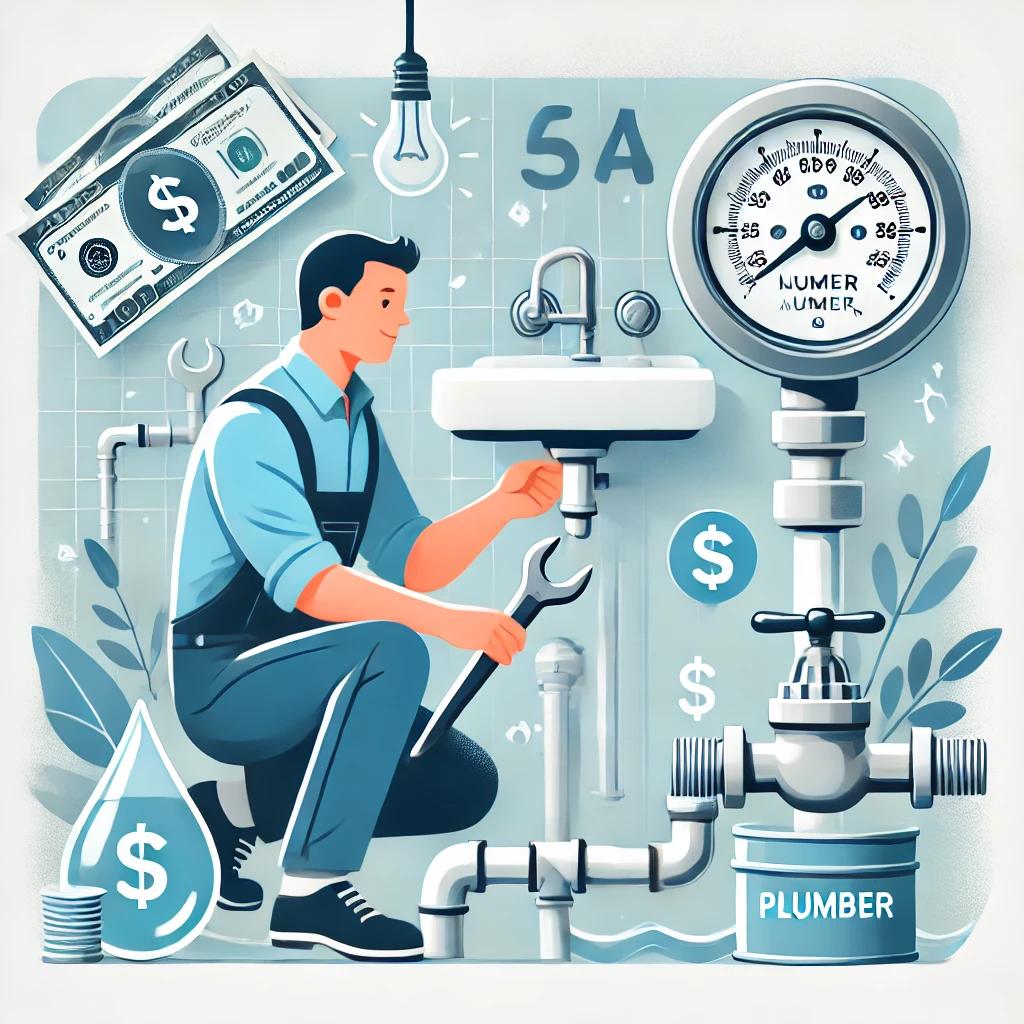Introduction
Many homeowners underestimate the impact of regular plumbing maintenance on their monthly utility bills. A well-maintained plumbing system not only ensures efficiency but also significantly reduces water and energy consumption, leading to substantial cost savings over time. By proactively addressing leaks, inspecting pipes, and optimizing water flow, households can prevent expensive repairs and unnecessary utility expenses.
Preventing Water Leaks: The Key to Reducing Water Bills
Water leaks are one of the primary reasons for inflated water bills. Even a small, undetected leak can waste thousands of gallons of water per year. According to the Environmental Protection Agency (EPA), household leaks can waste nearly 10,000 gallons of water annually, with 10% of homes having leaks severe enough to waste 90 gallons or more per day. Regular plumbing maintenance involves:
- Checking faucets and fixtures for dripping water.
- Inspecting pipes for hidden leaks, particularly in walls and basements.
- Monitoring water meter readings to detect abnormal usage trends.
- Replacing worn-out washers and seals in taps and toilets.
Optimizing Water Pressure for Cost Efficiency
High water pressure may feel great in the shower, but excessive pressure strains pipes and increases water usage, leading to higher bills. Most homes should have a water pressure level between 40-60 psi (pounds per square inch). Regular plumbing maintenance includes:
- Testing water pressure levels to ensure they are within a safe range.
- Installing pressure-reducing valves (PRVs) to control excess pressure.
- Checking for bursts or leaks caused by prolonged high-pressure exposure.
- Adjusting regulator settings to optimize flow efficiency.
Energy Savings Through Efficient Water Heating Systems
Water heating accounts for nearly 18% of a home’s energy use. Poorly maintained water heaters consume more energy, leading to unnecessary utility costs. Routine maintenance improves efficiency and prolongs the lifespan of heating systems. Steps to maintain optimal performance include:
- Flushing the water heater tank to remove sediment buildup that reduces heating efficiency.
- Checking the thermostat setting to keep the temperature at 120°F (49°C) for maximum efficiency.
- Inspecting the anode rod to prevent tank corrosion.
- Upgrading to energy-efficient models, such as tankless water heaters, which heat water on demand and minimize standby energy loss.
Toilet and Faucet Upgrades: Cutting Down on Wasted Water
Outdated or malfunctioning toilets and faucets contribute to significant water waste. Toilets alone account for 30% of household water usage, making them a critical component of cost reduction. Regular inspections and upgrades include:
- Replacing old toilets with low-flow or dual-flush models that use 20-60% less water per flush.
- Fixing running toilets, which can waste hundreds of gallons per day if left unchecked.
- Installing aerators on faucets to limit water flow without reducing performance.
- Repairing dripping faucets, as even a minor drip can waste over 3,000 gallons per year.
Insulating Pipes to Prevent Heat Loss and Freezing
Proper pipe insulation is another effective way to reduce utility bills. Uninsulated hot water pipes lose heat, forcing water heaters to work harder. In colder climates, pipes can freeze and burst, leading to costly water damage and increased consumption. Preventative measures include:
- Wrapping exposed pipes with foam insulation to maintain heat retention.
- Sealing leaks around pipe entry points to prevent cold air infiltration.
- Using heat tape or pipe sleeves in extremely cold regions.
- Scheduling seasonal maintenance checks to identify potential problem areas.
Detecting and Repairing Underground Pipe Leaks
Underground leaks in main water lines often go unnoticed but can lead to significant water loss and costly repairs. Regular plumbing inspections using advanced leak detection technology can identify hidden leaks before they escalate. Signs of underground leaks include:
- Unexplained spikes in water bills.
- Damp spots or sinkholes in the yard.
- Low water pressure in multiple areas of the house.
- Continuous running water sounds when no fixtures are in use.
Regular Drain Maintenance: Avoiding Clogs and Backups
Clogged drains reduce efficiency, causing backups that can lead to serious plumbing damage. Routine maintenance helps prevent blockages, ensuring smooth drainage and avoiding expensive emergency plumbing calls. Best practices include:
- Using drain screens to catch debris and hair.
- Flushing drains with hot water and vinegar to break down minor buildup.
- Avoiding grease disposal down kitchen sinks to prevent stubborn blockages.
- Scheduling professional drain cleaning to remove deep-seated obstructions.
Smart Water Monitoring Systems: The Future of Cost-Saving Maintenance
The integration of smart water monitoring systems allows homeowners to track water usage in real time. These systems provide instant leak detection alerts, optimize water flow, and help prevent excessive consumption. Features of smart plumbing technology include:
- Automated leak detection with smartphone notifications.
- Water shut-off systems that prevent flooding in case of pipe bursts.
- Usage tracking dashboards to identify inefficient water habits.
- Integration with smart home devices for enhanced convenience.
Conclusion
Investing in regular plumbing maintenance is a cost-effective strategy to lower utility bills, enhance system efficiency, and prevent expensive emergency repairs. By proactively checking for leaks, optimizing water pressure, upgrading outdated fixtures, and incorporating smart water monitoring technology, homeowners can achieve long-term savings while conserving valuable resources.


